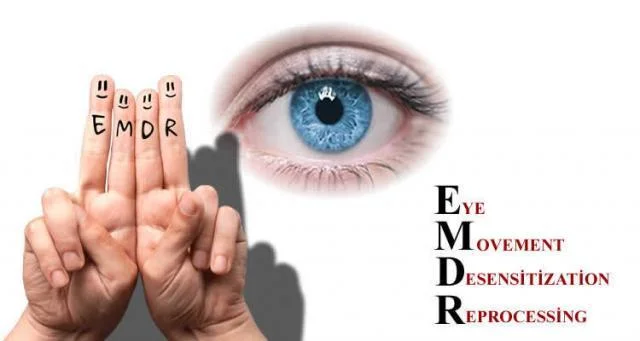
Healing Through Eye Movements: EMDR
- Healing Through Eye Movements: EMDR
- What is EMDR?
- In Which Situations is EMDR Used?
- How is EMDR Applied?
What is EMDR?
EMDR (Eye Movement Desensitization and Reprocessing) is an effective psychotherapy method used to address psychological problems caused by traumatic memories. Developed by Francine Shapiro in 1987, EMDR is a therapeutic technique that has shown effective results in treating post-traumatic stress disorder (PTSD) as well as anxiety, depression, phobias, and other psychological conditions.
The core principle of EMDR is to resolve the distress caused by traumatic events that were not fully processed by the brain’s natural information processing system. These unprocessed memories can lead to emotional, cognitive, and physical symptoms that negatively impact a person's quality of life over time. EMDR uses bilateral stimulation techniques, such as eye movements, to help the brain reprocess these unresolved memories and reduce their negative impact. The goal of the therapy is to help individuals develop a more neutral and healthy perspective toward their traumatic experiences.
EMDR is recognized as a structured and evidence-based method, helping clients reduce their sensitivity to traumatic memories and supporting them in leading a more balanced and positive life.

In Which Situations is EMDR Used?
EMDR is a powerful therapy method aimed at alleviating the psychological effects of trauma and negative life experiences. Although it was initially used for treating post-traumatic stress disorder (PTSD), it has been proven effective in various psychological conditions over time. Here are the main areas where EMDR is applied:
- Post-Traumatic Stress Disorder (PTSD)
- Anxiety and Panic Disorders
- Depression
- Chronic Pain
- Phobias
- Addictions
- Grief and Loss
- Self-Image and Self-Esteem Issues
How is EMDR Applied?
EMDR involves a structured therapeutic process to help reprocess traumatic memories. Here are the main steps of EMDR:
- Assessment and Preparation
- Target Identification
- Bilateral Stimulation
- Processing the Memories
- Desensitization and Reprocessing
- Examination of Bodily Sensations
- Integration and Closure
- Follow-Up and Evaluation
Through its structured therapeutic process, EMDR focuses on helping the client reprocess past traumas and the negative thoughts and emotions stemming from those traumas. This process supports emotional relief and helps the client develop a more balanced emotional state.

Specialist Clinical Psychologist Esra Sayın
Psychology




